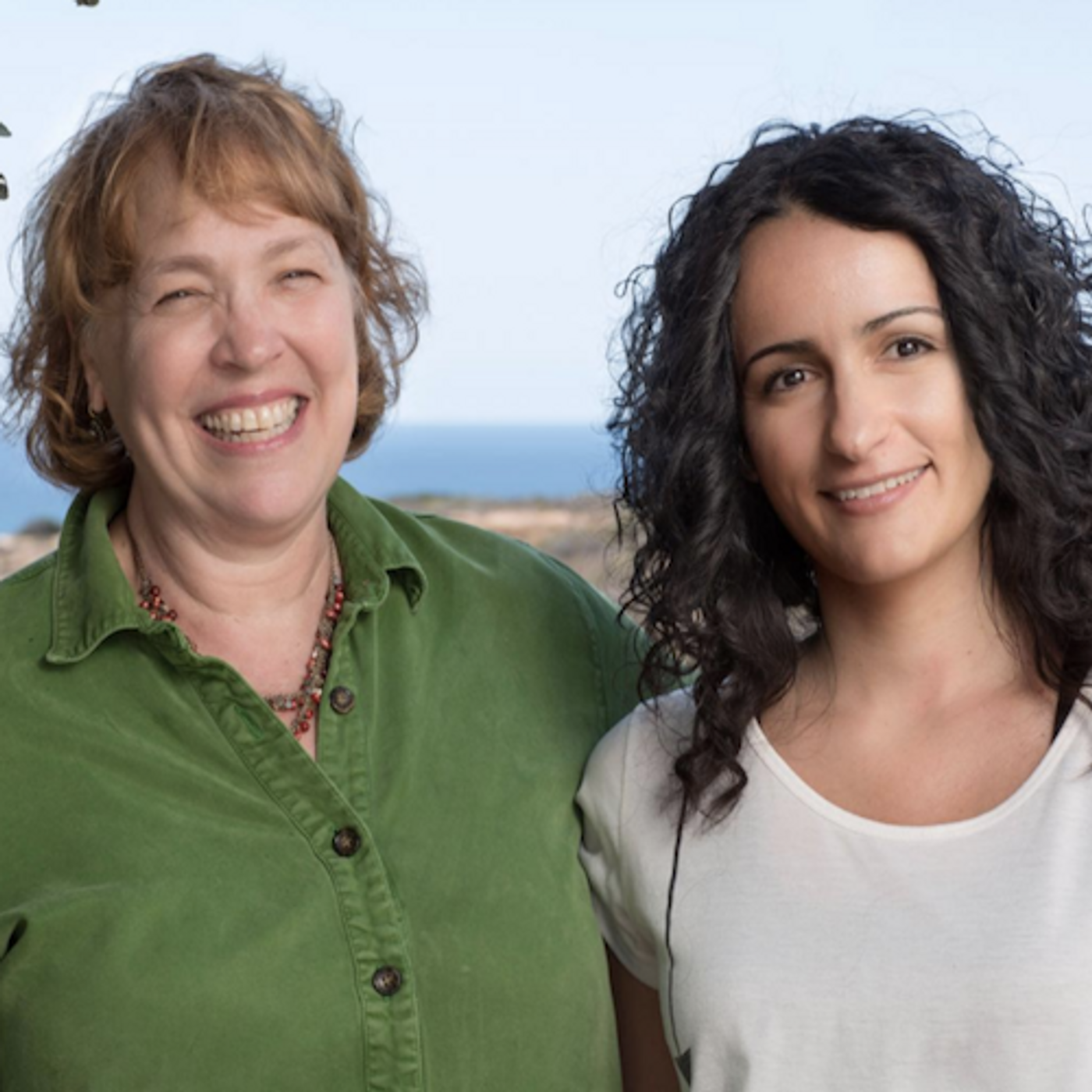An Easy way to Generate Cardiomyocytes
Stem cells start out as a kind of blank slate; they can become any specialized cell type that organizes the body into different organs and tissues. Cells specialize, or differentiate, as specific genes are turned off and on. The differentiation of stem cells into heart cells involves over 200 genes and several cellular cascades. Scientists at the Salk Institute have now made an incredible discovery; stem cells can be turned into heart cells called cardiomyocytes by turning off only one gene. The work, which could substantially advance lab research and clinical therapies, has been reported in Genes & Development.
"This discovery is really exciting because it means we can potentially create a reliable protocol for taking normal cells and moving them very efficiently from stem cells to heart cells," said the senior author of the report, Salk Professor Kathy Jones. “Researchers and commercial companies want to easily generate cardiomyocytes to study their capacity for repair in heart attacks and disease--this brings us one step closer to being able to do that."
Previous work by this lab has shown that two cellular processes work together as embryonic stem cells (ESCs) become more specialized cell types. One process, the Wnt pathway, activates cellular machinery, in turn activating other genes. Another process, the Activin pathway, amplifies all of that. Working together, they stimulate stem cells to go from an intermediate state into a more differentiated one, as they begin to form cells of specific organs. When the scientists exposed cells to a signaling molecule, Wnt was activated, followed by Activin, resulting in specialized cells.
The team found a third pathway that acted as a brake on this system. A protein called YAP could stop the Activin pathway, halting differentiation in the cells. The team wanted to follow up on their finding. They removed YAP from ESCs with the CRISPR/Cas9 gene-editing tool. Then, after exposing the cells to the signaling molecule that should have induced specialization, they found that the cells incredibly went right from stem cells to heart cells.
"Instead of requiring two steps to achieve specialization, removing YAP cut it to just one step," said Salk research associate and first author Conchi Estarás. "That would mean a huge savings for industry in terms of reagent materials and expense."
Further investigation by the team found that genes that are activated by Wnt and Activin were turned on in the same way by the absence of YAP.
"This revealed to us a hidden, specific cellular lineage directly to beating cardiomyocytes," explained Jones. "It's both fascinating and medically and commercially useful to find genes that are differently regulated still lead to the same result."
The deletion of a gene can sometimes have many unintended effects, so the team next wants to test small inhibitor molecules to look for another way to deactivate YAP, and generate cardiac cells using stem cells.
Sources: AAAS/Eurekalert! Via Salk Institute, Genes & Development









